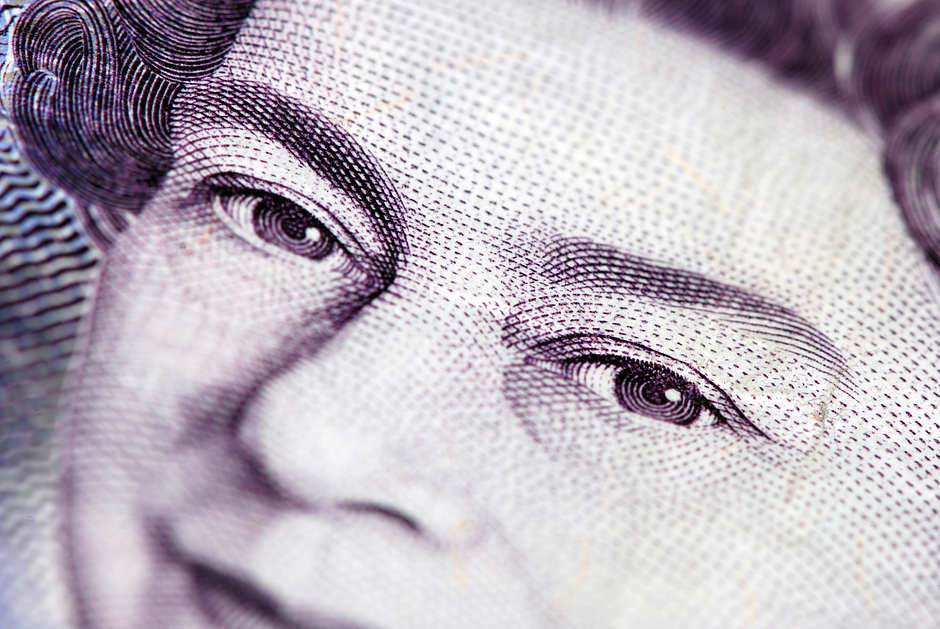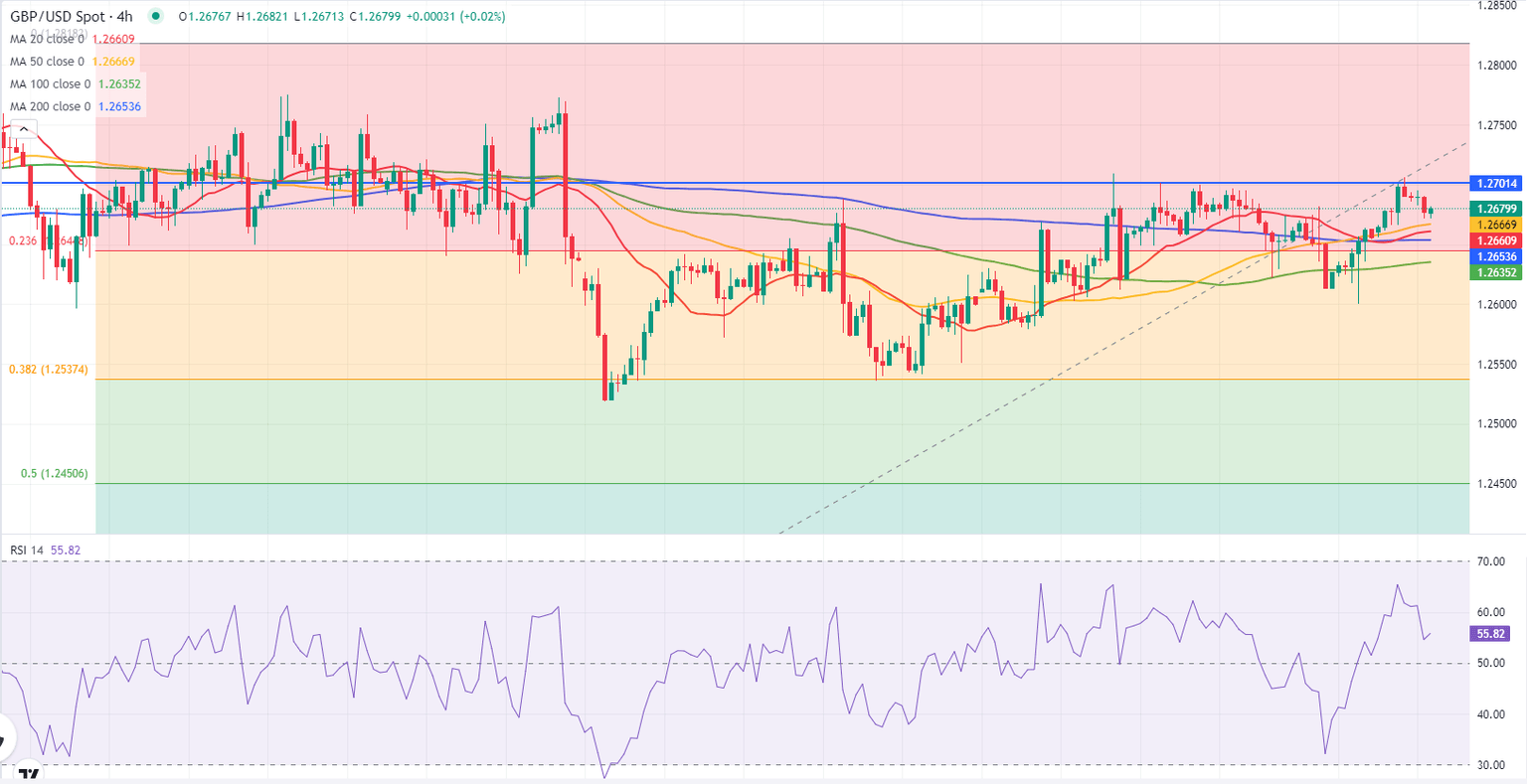GBP/USD Forecast: Souring mood could weigh on Pound Sterling
- GBP/USD stays under modest bearish pressure in the European session on Tuesday.
- The risk-averse market atmosphere helps the USD stay resilient against its rivals.
- 1.2700 stays intact as key technical resistance for the pair.

GBP/USD edged higher on Monday and registered its highest daily close since early February. The pair, however, lost its traction and started to correct lower after failing to clear 1.2700 resistance.
Early Tuesday, the negative shift seen in risk sentiment helps the US Dollar (USD) stay resilient against its rivals and forces GBP/USD to stay on the back foot. The UK's FTSE 100 Index is down 0.5% and US stock index futures are down between 0.25% and 0.6% in the European session.
Later in the day, the ISM Services PMI data for February will be watched closely by market participants. The headline PMI is forecast to come in at 53 and show an ongoing expansion in the service sector's activity at a healthy pace. An unexpected drop into contraction territory below could weigh on the USD and open the door for a rebound in GBP/USD.
Pound Sterling FAQs
The Pound Sterling (GBP) is the oldest currency in the world (886 AD) and the official currency of the United Kingdom. It is the fourth most traded unit for foreign exchange (FX) in the world, accounting for 12% of all transactions, averaging $630 billion a day, according to 2022 data. Its key trading pairs are GBP/USD, aka ‘Cable’, which accounts for 11% of FX, GBP/JPY, or the ‘Dragon’ as it is known by traders (3%), and EUR/GBP (2%). The Pound Sterling is issued by the Bank of England (BoE).
The single most important factor influencing the value of the Pound Sterling is monetary policy decided by the Bank of England. The BoE bases its decisions on whether it has achieved its primary goal of “price stability” – a steady inflation rate of around 2%. Its primary tool for achieving this is the adjustment of interest rates. When inflation is too high, the BoE will try to rein it in by raising interest rates, making it more expensive for people and businesses to access credit. This is generally positive for GBP, as higher interest rates make the UK a more attractive place for global investors to park their money. When inflation falls too low it is a sign economic growth is slowing. In this scenario, the BoE will consider lowering interest rates to cheapen credit so businesses will borrow more to invest in growth-generating projects.
Data releases gauge the health of the economy and can impact the value of the Pound Sterling. Indicators such as GDP, Manufacturing and Services PMIs, and employment can all influence the direction of the GBP. A strong economy is good for Sterling. Not only does it attract more foreign investment but it may encourage the BoE to put up interest rates, which will directly strengthen GBP. Otherwise, if economic data is weak, the Pound Sterling is likely to fall.
Another significant data release for the Pound Sterling is the Trade Balance. This indicator measures the difference between what a country earns from its exports and what it spends on imports over a given period. If a country produces highly sought-after exports, its currency will benefit purely from the extra demand created from foreign buyers seeking to purchase these goods. Therefore, a positive net Trade Balance strengthens a currency and vice versa for a negative balance.
If the data comes in near the market consensus, investors are likely to assess the underlying details of the survey. The Prices Paid Index, the input cost inflation component, jumped to 64 in January from 56.7 in December. Another leg higher in this sub-index could revive concerns over services inflation remaining sticky and support the USD.
The action in Wall Street could also drive the USD's valuation in the second half of the day. A continuation of risk-aversion could make it difficult for GBP/USD to shake off the bearish pressure.
GBP/USD Technical Analysis
Key support for GBP/USD aligns at 1.2650 (200-period Simple Moving Average (SMA), 100-SMA, Fibonacci 23.6% retracement of the long-term uptrend). If GBP/USD drops below that level and starts using it as resistance, technical sellers could take action. In this scenario, 1.2600 (psychological level, static level) could be seen as next support before 1.2540 (Fibonacci 38.2% retracement).
On the upside, 1.2700 (psychological level, static level) remains intact as stiff resistance ahead of 1.2760 (static level).
Premium
You have reached your limit of 3 free articles for this month.
Start your subscription and get access to all our original articles.
Author

Eren Sengezer
FXStreet
As an economist at heart, Eren Sengezer specializes in the assessment of the short-term and long-term impacts of macroeconomic data, central bank policies and political developments on financial assets.


















